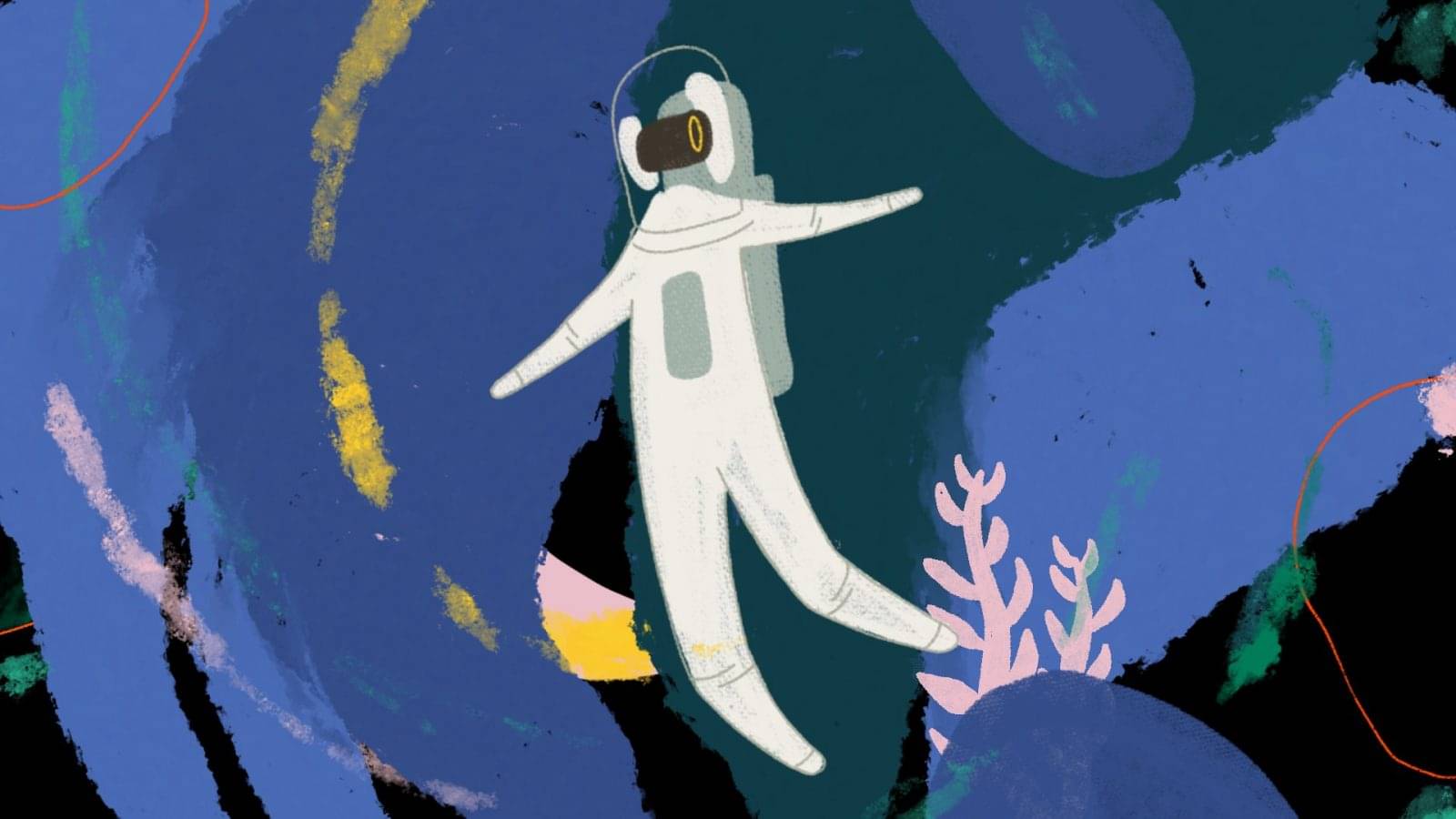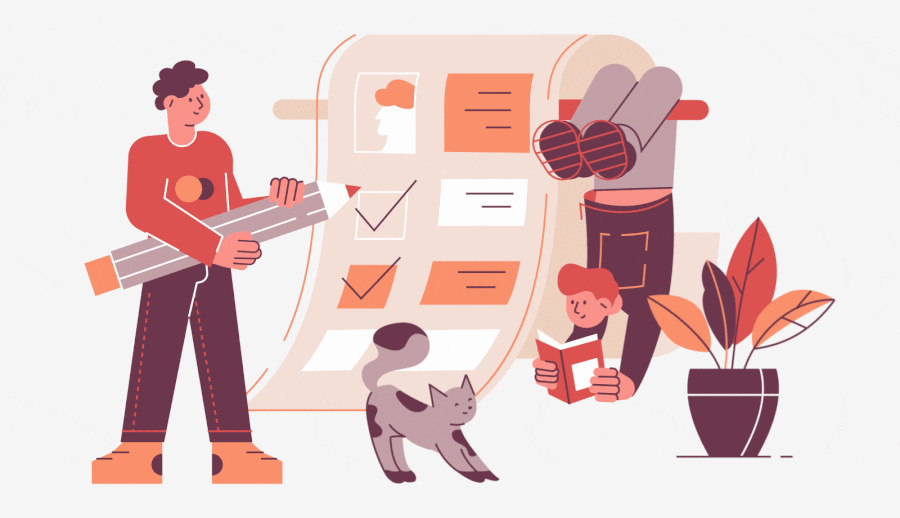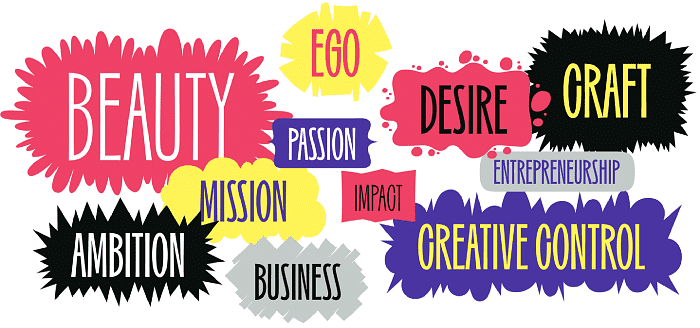This article may help you have another perspective on creativity and know your level of creativity.
What is creativity?
It’s a hard question for those who are working in our creative industry. If you Google this question, you’ll find tons of answers such as:
- Creativity is to create something new.
- Creativity is about connecting the dots together.
- Creativity is to think of an idea or a new product.
I personally prefer the definition below:
“Creativity is the act of turning new and imaginative ideas into reality. Creativity involves two processes: thinking, then producing.”
It means if you have a bold idea but do not have the capacity to implement it, what a pity for the idea itself.
“If you have ideas but don’t act on them, you are imaginative but not creative.”
– Linda Naiman
Thus, creativity is not just thinking about an idea but also turning it into reality. Personally, I think there are 5 different levels of creativity:

Letter
Level 1: Copy
Copying an artwork or a user interface design is still creativity. This is the lowest level of creativity, and should only be applied for training or practicing purposes. We should not use the output at this level for commercial use or claim that the idea is created by our own.

Level 2: Copy + Modify
To level up, we can’t merely copy something but rather modify it to fit the context of use. This means we have to start putting our thoughts into the creation of the work. Output at this level is already ready for commercial use, but a big part of the work is still copying, pricing for output at this level should be reasonable.

Level 3: Copy + Modify + Improvement

At this stage, the designer has reached a certain level of maturity. Every design solutions must be put in the context in which it is applied, and every design decision must be carefully considered to enhance these solutions/ideas.
As an example, I would like to use this shot from Aaron Iker

Inspired by my design, he did a good job of modifying and improving from it. His design is simpler and easier to implement into a product, while also reducing unnecessary animation effects that users may not recognize in a real product.
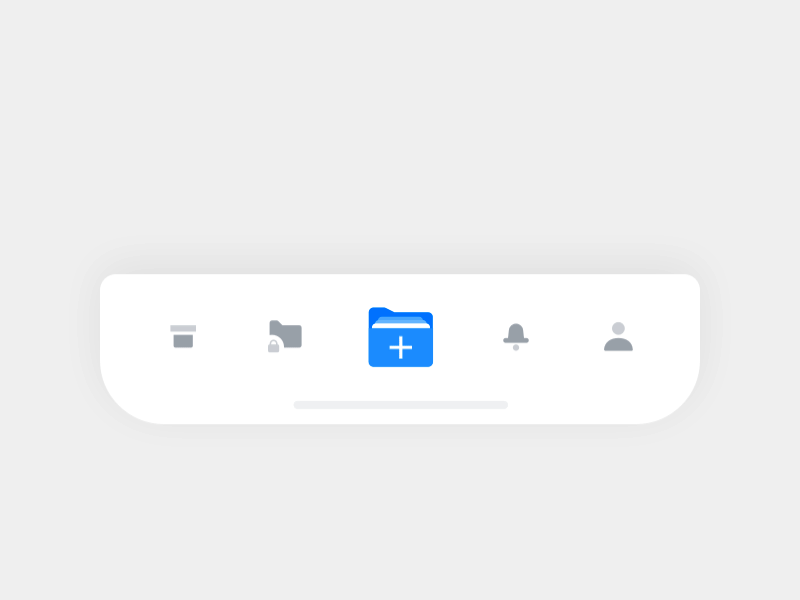
At this level, you can be considered a Senior Designer.
Level 4: Trend Maker

As a trend maker, your skills must be at the upper level; each idea put into your hands is executed in a unique way with your own personal touch. Your work is considered highly regarded by most people and thus has enough support to create a new “Trend” that inspires other designers or even influences clients to use your work as a reference for their requirement.
Very few people can achieve this level usually, those who are born with natural talent and or have seriously honed their skills over the years. I am a big fan of Apple products, and I think Jony Ive is a great example of a designer at this level.

Look at how the mobiles look before and after iPhone.
Level 5: System Maker
This is the “divine/god” level, the people at this level are the pioneers that define a whole new “design movement” and set new “creative limits” that underlie the creative work of others.
In painting, we have schools of art: impression, beast, stereos, surreal, etc. In technology, we have “Human Interface Design — iOS” or “Google Material Design — Android”. No matter what style the product designer is, their design must still follow the rules of these two application platforms. For an example of a designer at this level, we have none other than the legendary, Steve Jobs.
Sum up
Five levels of creativity are:
- Copy
- Copy and Modify
- Copy, Modify and Improvement
- Trend Maker
- System Maker

These are 5 levels of creativity that come from my thoughts and experiences, and it would be great to know your thoughts about this topic as well. Hopefully, understanding the creative levels will help you identify your creative quality and know where you should focus your training on.
I’m a Product Designer at Level 3, how about you?
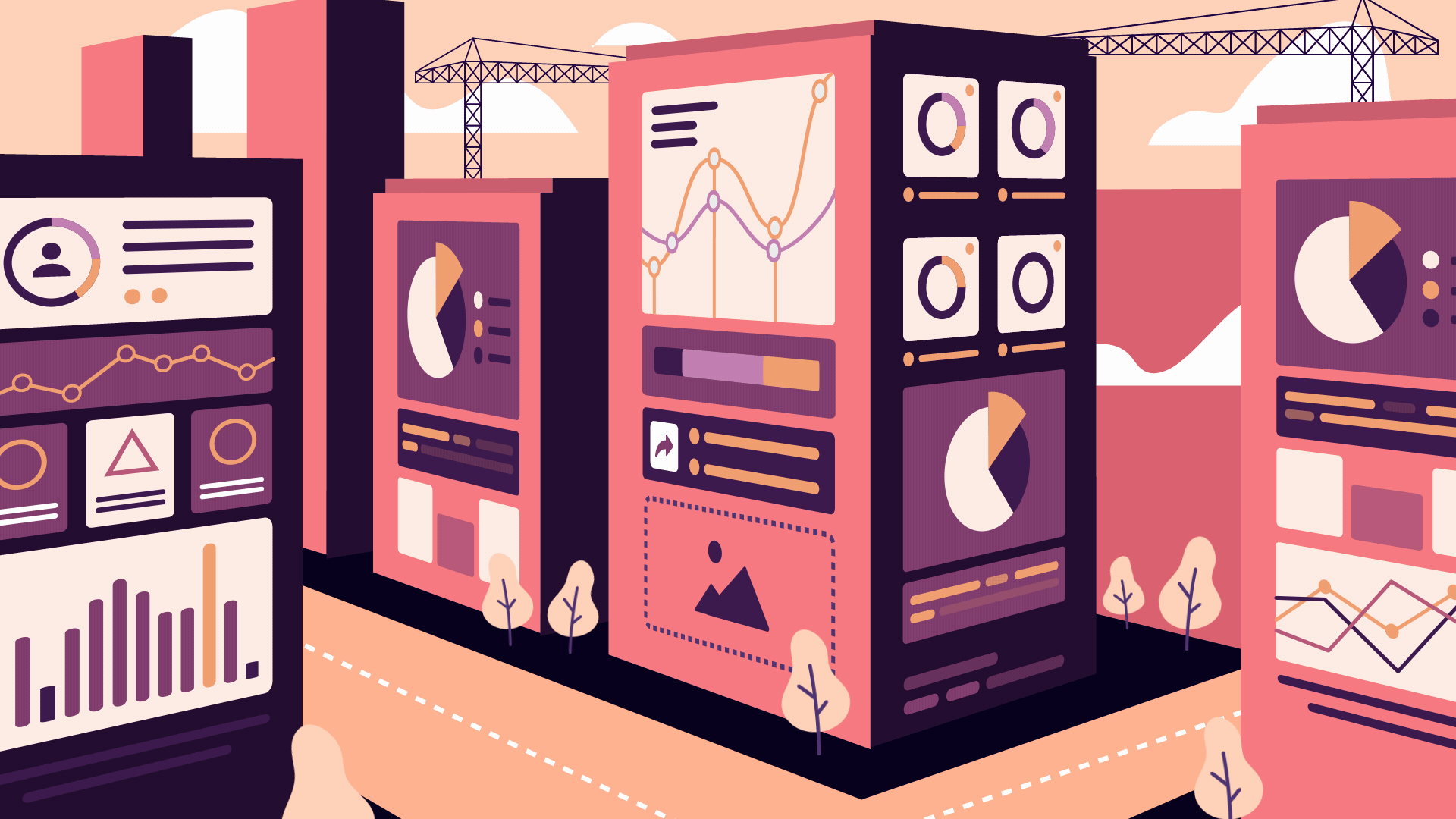
 Buy me a coffee
Buy me a coffee